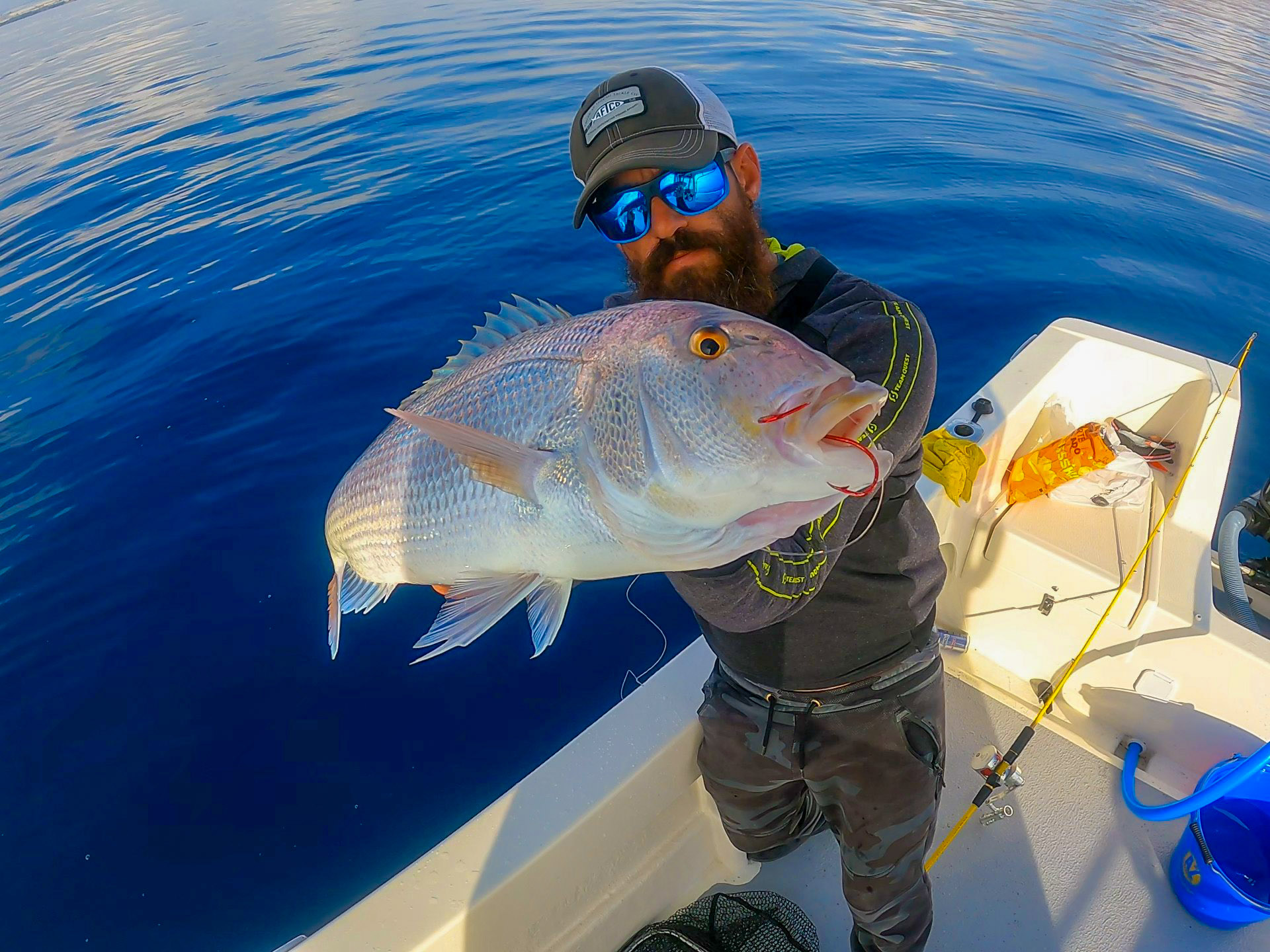
TYPES OF HOOKS AND KNOTS.
Fishing hooks are manufactured using a variety of materials, depending on the type of hook and its specific purpose. The most common materials used in the manufacture of hooks include:
1-Carbon steel: It is the most common material for the manufacture of hooks. Carbon steel is strong and durable, allowing the hook to maintain its shape and strength under the pressure of catching fish.
2-Stainless steel: Stainless steel is highly corrosion resistant, making it ideal for saltwater fishing. Stainless steel hooks are durable and can withstand harsh environmental conditions.
3-Bronze: Bronze is a widely used material in the manufacture of hooks due to its resistance to corrosion and its ability to maintain its sharpness. Bronze hooks are common in freshwater fishing.
4-Nickel and tin: These materials are used in the coating of hooks to improve their corrosion resistance and increase their durability. Nickel or tin plating can also improve the appearance of the hook.
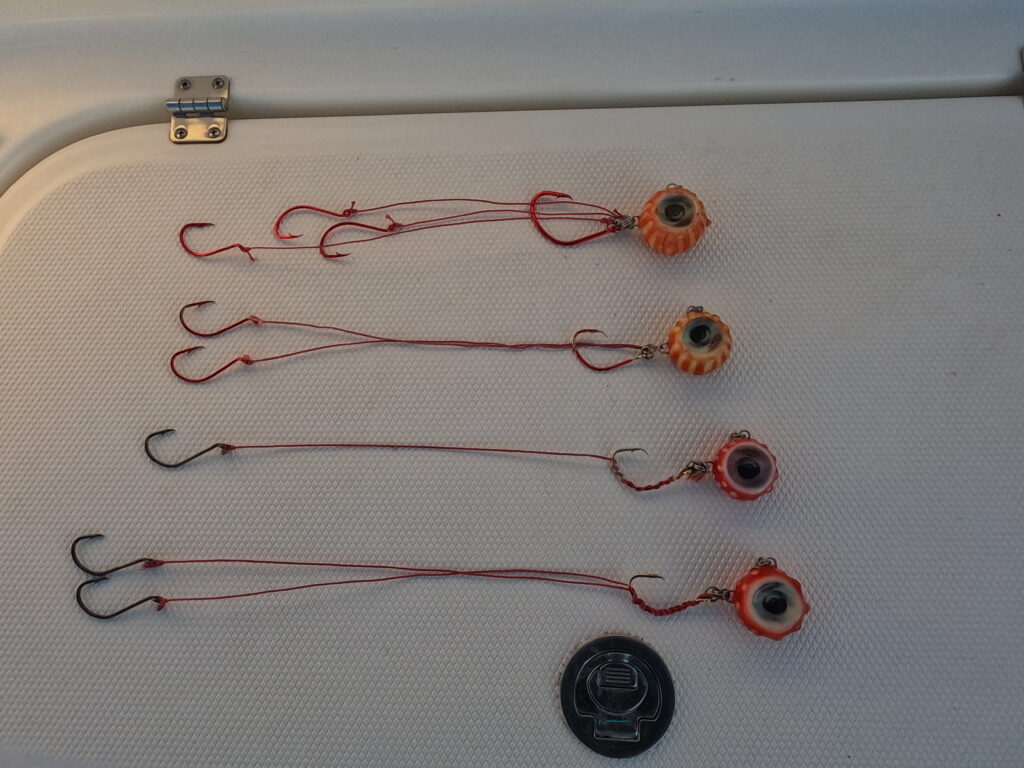
In addition to these main materials, some hooks may also have additional coatings, such as Teflon or titanium nitride layers, which provide increased corrosion resistance and facilitate penetration into the fish's mouth.
It is important to note that the choice of hook material may depend on the type of fishing, the environment to be fished and the target fish species. When selecting a hook, it is essential to consider the strength, durability and corrosion resistance of the material to ensure optimum performance in each fishing situation.
There are hooks specifically designed to dissolve or detach from the fish's mouth over time. These hooks, known as biodegradable fishing hooks or ephemeral hooks, are made of materials or compounds that decompose or dissolve in water after a certain period of time.
These hooks are especially used in live bait fishing, where the objective is to release the fish without causing unnecessary harm. The hook will dissolve or detach from the fish's mouth after a period of time, allowing the fish to be released safely.
However, it is important to note that the availability of these hooks may be limited and may vary by location and market.
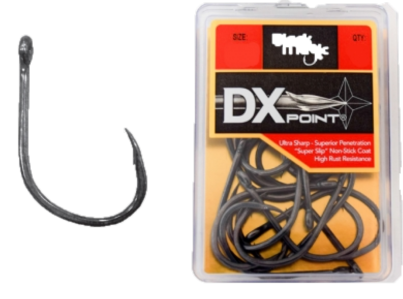
Fishing hooks are an essential tool for catching fish. There are a wide variety of hook types available on the market, designed to suit different fishing styles and fish species. Here are some of the most common types of hooks:
Eyelet hook: This is the most basic and common type of hook. It has a J-shaped bend and an eyelet at the top for tying fishing line. Eyelet hooks come in different sizes, from very small to large, and are used for a variety of fish.
Eyeletless or paddle hook: Unlike the eyelet hook, this type does not have an eyelet at the top. Instead, it has a paddle-shaped end that is inserted into the fishing line or tied directly. It is commonly used in fly fishing, where artificial flies are tied to the line, and also in saltwater for jigging assist rigging.
Bait hook: These hooks are designed specifically for fishing with live or dead bait. They have a special shape and are often equipped with recesses or barbs on the shank to prevent the bait from coming off easily. Bait hooks are widely used in freshwater and saltwater fishing.
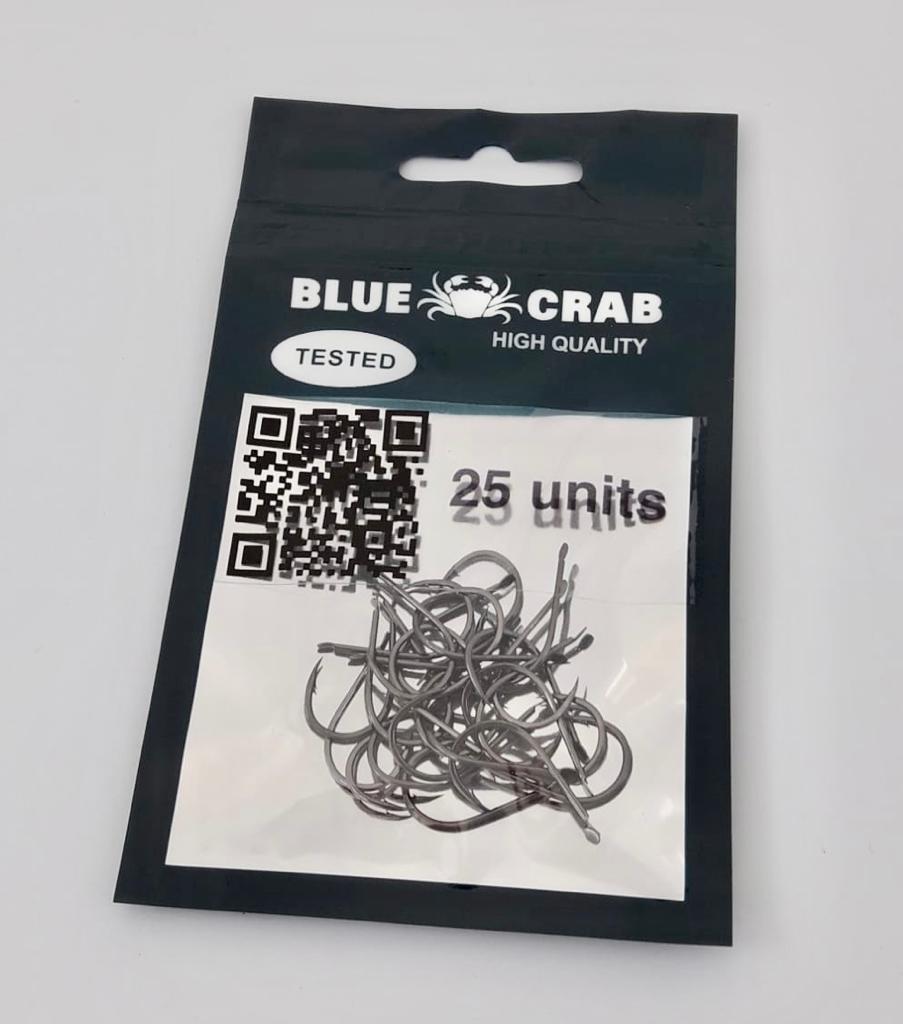
Circle hook: These hooks have a circular shape and inward curved tips. They are popular in catch-and-release fishing, as they tend to hook the fish at the edge of the mouth rather than deep in the throat, which facilitates later release.
Treble hooks: Consist of three sharp points on a single hook, connected by a shank. They are mainly used when fishing artificial lures, such as spoons or crankbaits, to increase the chances of hooking a fish when it attacks the lure.
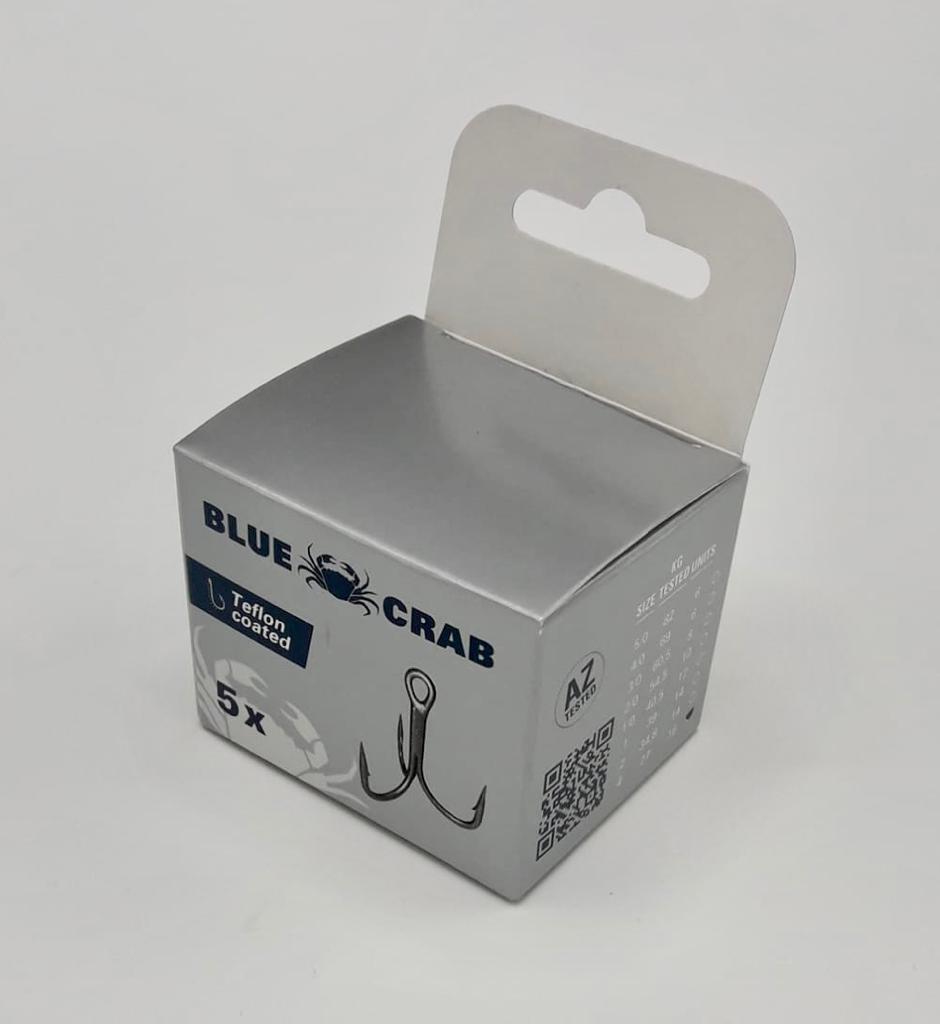
Predatory fish hook: These hooks are larger and stronger, designed to handle large and aggressive fish species such as amberjack, grouper, shark or tuna. They have a robust shape or are made of special materials to make them stronger and more demanding. This type of hooks are also used for trolling lures that we use for marlin, mahi mahi or tuna.
These are just a few examples of the types of fishing hooks available. It is important to choose the right hook depending on the type of fishing you do, the size of fish you want to catch and the bait or lure you use. It is also important to follow local fishing regulations to make sure you are using permitted hooks and respecting conservation measures.
In our catalog https://aztrading.es/catalogos/ you can find all types of fishing hooks, their characteristics and prices.
With our Truth Machine project, we test our hooks in resistance, and on our website you can find the test videos.

LINK TO VIDEO ABOVE.
KNOT A HOOK
There are several popular and reliable fishing knots that are used to tie hooks to fishing line. Below, I will show you three common and effective knots for attaching a hook:
- Clinch knot:
- Pass the end of the line through the hook eyelet and bend the line back, forming a loop.
- Fasten the folded end and the line together, making about 5 to 7 turns around the main line.
- Then, insert the loose end of the line through the loop that formed in the hook eyelet.
- Moisten the knot with saliva or water and gently pull the ends to tighten the knot.
- Trim excess line.

- Palomar Knot:
- Fold the end of the line and pass the folded loop through the hook eyelet.
- Then, pass the hook through the loop formed.
- Hold the bent end and the line together and pull them to tighten the knot.
- Be sure to wet the knot with saliva or water before tightening it completely.
- Trim excess line.

- Knot for packing paddle hooks
- How to tie a knot for packing paddle hooks?
- We form a loop.
- We fasten the loop, and make 7 turns with the thread around the leg.
- Moisten and squeeze.
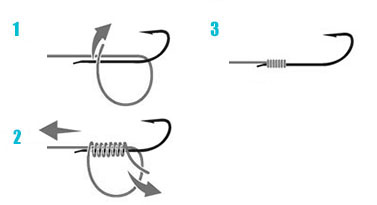
Remember that it is important to tighten the knots well and perform a tension test to make sure the hook is firmly attached to the line. Practicing these knots before you go fishing will help you become familiar with them and help you tie them more efficiently when you are on the water.
.
Fishing with caution and safety, check the applications and all the information that the internet offers us and that we provide on our website in El Rincón del Pescador, to know the weather and enjoy your fishing day.
We invite you to visit our website WWW.AZTRADING.ES, where you can see all our materials, we also have sections with our campaigns and ecological projects ECOKIDS and CONUNSOLOGESTO. You can also watch videos of fishing with our products.
Good bow and good fishing! The Angler's Corner
Remember that it is our obligation to fish responsibly.
Don't leave rubbish in the fishing boat or throw it in the water.
